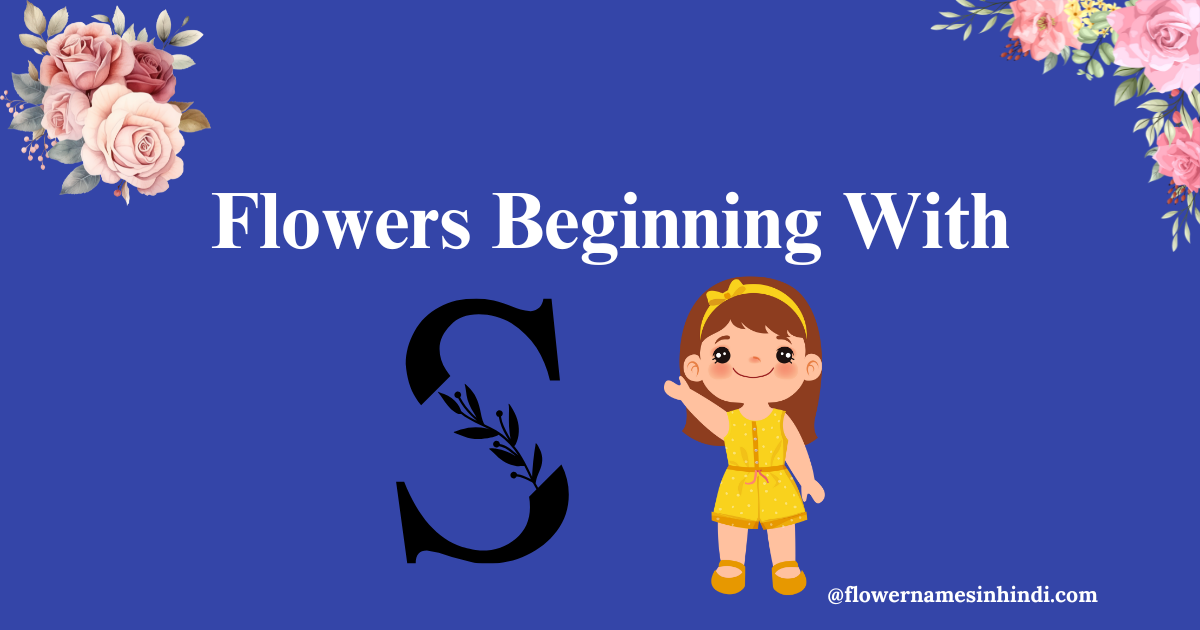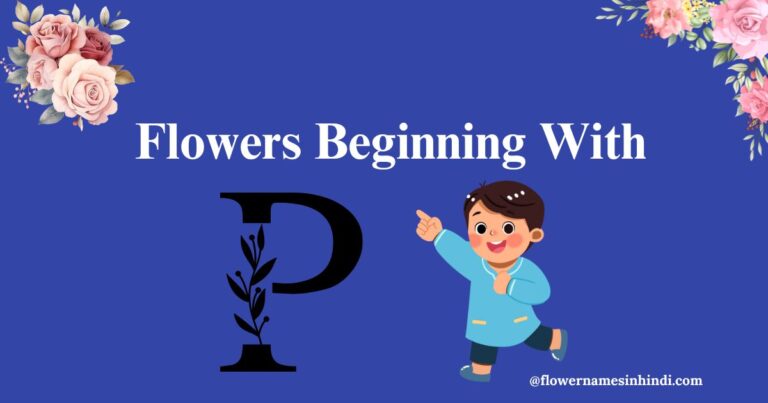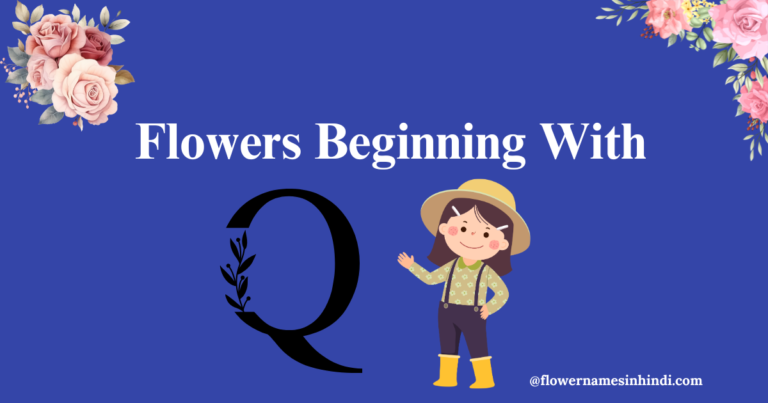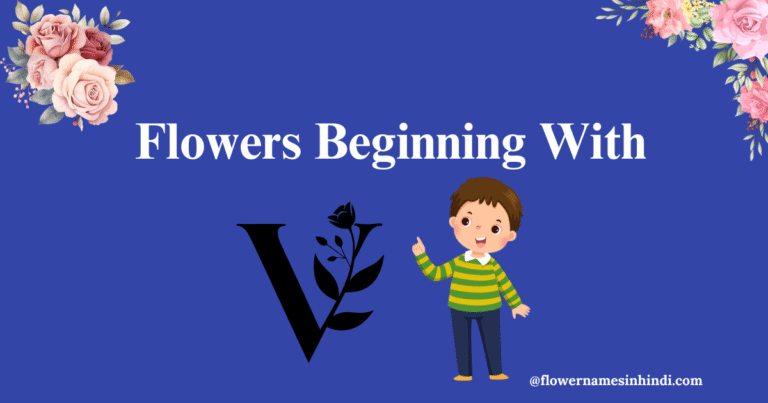12+ Eye-Catching Flowers Beginning with S With Pictures
One day I walked through a garden full of flowers starting with R and S. Their beauty caught my eye and gave me the idea to make lists of flowers by letters. That is how I began learning more about flowers that start with S. Get ready to explore some stunning blooms that will brighten any garden.
Flowers that start with S bring beauty, fragrance, and charm to gardens and bouquets, offering a wide variety of colors and meanings.
🌸 Sunflower
🌼 Snowdrop
🌺 Snapdragon
🌸 Sweet Pea
🌼 Shasta Daisy
🌺 Scarlet Pimpernel
🌸 Statice
🌼 Star Jasmine
🌺 Spider Lily
🌸 Stock Flower
Salvia
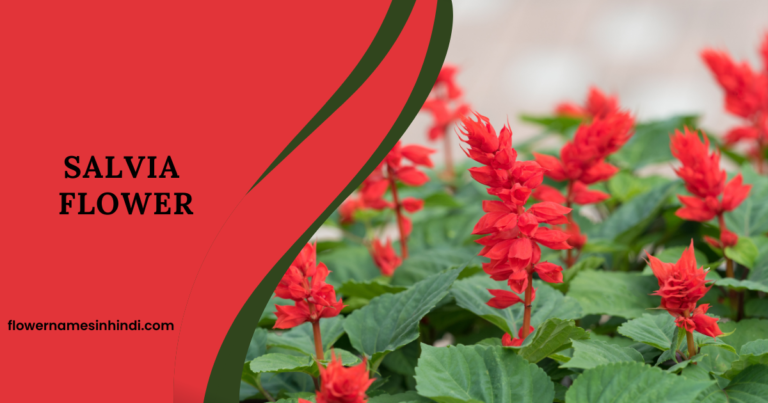
Salvia is a herbaceous perennial and annual plant. It is the largest genus of the sage family, Lamiaceae. The genus name Salvia is derived from the Latin salvia (sage), from salvus (safe, secure, healthy). The blooming stems possess tiny bracts that differ from the basal leaves; in certain species, the bracts are attractive and spectacular.
Hardy perennials are included here, which attract bees and hummingbirds to your garden while remaining drought-tolerant once established. These plants prefer full sunlight, well-draining soil with a proper drainage system, and an airy environment to avoid fungal infections.
Salvia flowers are pollinated by a “lever mechanism”, a fascinating trick where the flower’s stamen drops pollen onto visiting bees, ensuring effective pollination.
| Feature | Detail |
| Botanical name | Salvia |
| No. of species | Almost 1000 |
| Symbol | Wisdom, longevity, protection |
| Blooming time | Blooms from late spring to fall, depending on the species |
| Origin/ Native to | Mediterranean regions, Central and South America, Asia |
Snowdrop: Flowers Beginning with S

Snowdrop is a small genus of bulbous perennial herbaceous plants of the family Amaryllidaceae. The plants have two linear leaves and one little white drooping bell-shaped flower with six petal-like (petaloid). The petals are arranged in two rings (whorls).
Plant snowdrop bulbs in well-drained soil under trees or bushes. They need shade during the growing season but should get dappled sunlight in spring before the leaves appear. As a result, their native wooded habitats are partially recreated, allowing them to grow and develop normally.
Snowdrops contain a natural compound called galantamine, which is used in modern medicine to help treat symptoms of Alzheimer’s disease. This compound was originally isolated from the common snowdrop!
| Feature | Detail |
| Botanical name | Galanthus |
| No. of species | Approximately 20 species |
| Symbol | Hope, purity, rebirth, and the end of winter |
| Blooming time | Late winter to early spring |
| Origin/ Native to | Europe, Middle East |
Statice: Flowers that start with S
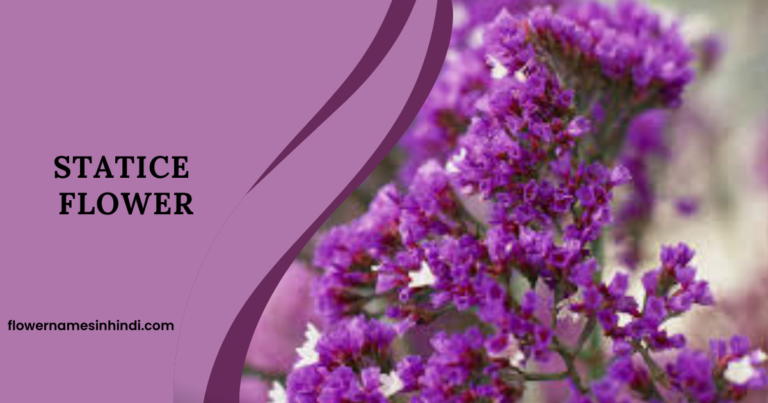
Limonium, commonly known as Static,e is a genus containing flowering plants. Members are also known as sea lavender, caspia, and marsh rosemary. They belong to the Plumbaginaceae family, sometimes known as plumbago or leadwort.
Statice is popular as a garden flower and in dried arrangements because of its long-lasting blossoms. The majority of these blooms are purple, although there are also yellow and white variations. These plants grow upto 10-70 cm tall, but a few are woody shrubs that reach heights of up to 2 meters.
Statice naturally grows in salty coastal regions and even in marshlands, which is why it’s sometimes called “sea lavender”, though it’s not a true lavender!
| Feature | Detail |
| Botanical name | Limonium |
| No. of species | Around 120 Species |
| Symbol | Remembrance, success, sympathy |
| Blooming time | Late spring to early fall |
Sunflower – Flowers Beginning With S

The common sunflower is a big annual forb in the daisy family Asteraceae. It is grown for its edible fatty seeds, which are used to make cooking oil. Apart from this, it is also used for cattle feed, bird food, and aesthetic planting in household gardens.
Wild plants have many flower heads; however, cultivated sunflowers typically have a single enormous flower head on an unbranched stem. The sunflower has a tall, rough-hairy stem that can reach 3 meters, with a record of 9.17 meters. Its broad, serrated leaves are rough, with the largest heart-shaped ones at the base.
Sunflower seeds are rich in vitamin E, selenium, and magnesium, making them not just tasty snacks but also great for brain and heart health.
| Feature | Detail |
| Botanical name | Helianthus annuus |
| No. of species | About 70 species |
| Symbol | Happiness, loyalty, adoration, vitality |
| Blooming time | Summer to early fall |
| Origin/ Native to | Native to North America |
Silk Tree Flower
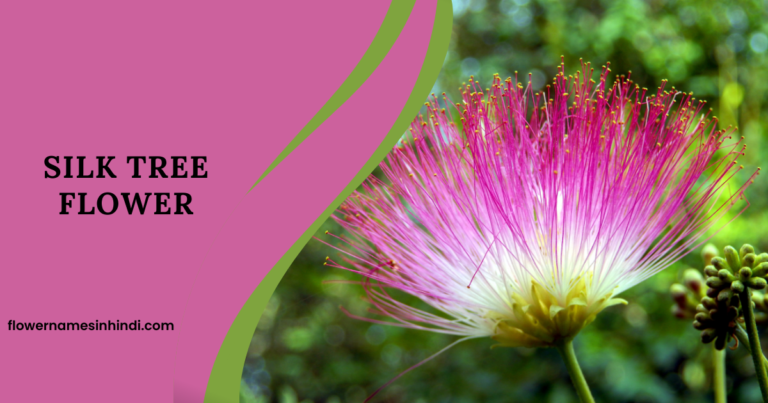
Persian silk tree, pink silk tree, or mimosa tree are all names of the same flowers included in the Fabaceae family. The plant’s current Persian name, shabkhosb, translates to “night sleeper” because its leaves gradually close at night and bend downward during rainy seasons.
Throughout the summer, the flowers form dense inflorescences, just like starbursts of pink silky threads. True flowers have a short calyx and corolla, except for the central ones. They have a tight cluster of 2–3 cm long stamens that are white or pink with white bases.
| Feature | Detail |
| Botanical name | Albizia julibrissin |
| No. of species | Around 150 species |
| Symbol | Joy, welcoming, sensitivity, and calmness |
| Blooming time | Late spring to midsummer |
| Origin/ Native to | Asia |
Siberian Iris: Flowers Beginning With S

Another flower starting with the letter S is the Siberian iris or Siberian flag, included in the family Iridaceae. It has green grass-like leaves, which are ribbed and can occasionally have a pink tint at the base of the leaf. Siberian iris has striking blue-purple flowers, suitable for borders and pond areas.
They can reach lengths of 25-80 cm (10-31 in) and widths of 0.4-0.6 cm (0.16-0.24 in) but are often shorter than blooming stems. In autumn, the foliage turns yellow and eventually dies back (in winter), re-emerging in the spring.
In flower symbolism, Siberian Irises represent wisdom, courage, and hope. Because they often bloom around graduation time, they are sometimes gifted to honor new beginnings and personal growth.
| Feature | Detail |
| Botanical name | Iris sibirica |
| No. of species | Approximately 300 species within the Iris genus |
| Symbol | Wisdom, hope, and admiration |
| Blooming time | Late spring to early summer |
| Origin/ Native to | Europe and Asia, particularly in the regions of Russia, China, and Japan |
Sweet Alyssum – Flowers Starting with S

It is a species of low-growing flowering plant of the family Brassicaceae. It is also known as sweet alison, commonly referred to as just alyssum. The old name Alyssum means “absence of madness,” because people once used the herb as a remedy for rabies.
Sweet alyssum grows small clusters of fragrant white, purple, and yellow flowers that spread like a soft carpet in gardens. These blooms attract pollinators and other helpful insects, making the garden healthier.
| Feature | Detail |
| Botanical name | Lobularia maritima |
| No. of species | Approximately 20 species |
| Symbol | Sweetness, charm, and grace |
| Blooming time | Spring to fall |
| Origin/ Native to | Europe, North Africa, and Asia |
Scabiosa
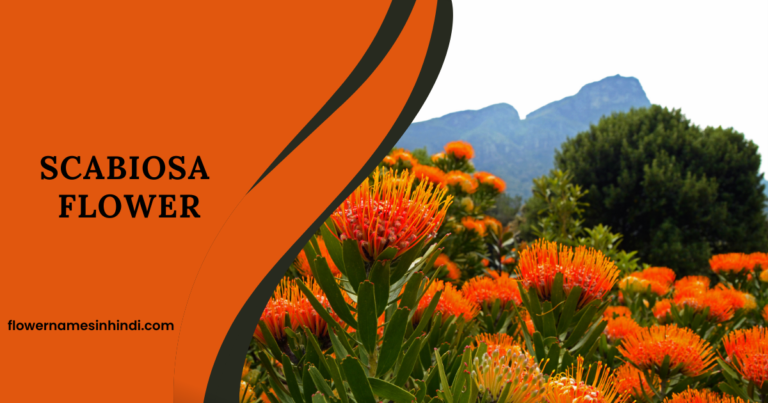
Scabiosa is a genus of flowering plants in the honeysuckle family, Caprifoliaceae. Many of the species in this genus have common names that include the word scabious. Another common name for members of this genus is pincushion flowers.
These plants grow up to 30-45 cm (12-18 inches) tall. Scabiosa prefers full light but may tolerate shade. Most plants require proper drainage and thrive in well-drained environments.
Some varieties of Scabiosa remain slightly open at night, attracting nocturnal pollinators like moths, which is pretty rare for such a showy daytime bloomer.
| Feature | Detail |
| Botanical name | Scabiosa |
| No. of species | Approximately 30 species |
| Symbol | Endurance, love, and elegance |
| Blooming time | Summer to fall |
| Origin/ Native to | Europe, Africa, and parts of Asia |
Snapdragon – Flowers Beginning with S
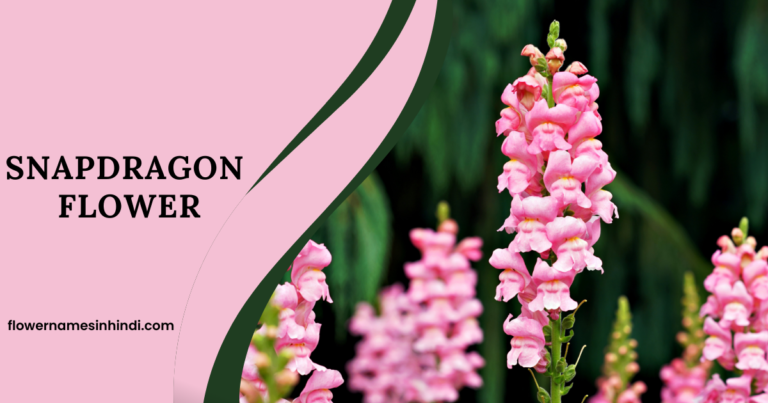
It is a flowering plant of the genus Antirrhinum, which belongs to the family Plantaginaceae. The common name ‘snapdragon’ comes from how the flowers react when their necks are pinched, and as a result, their ‘mouth’ snaps open like a dragon’s jaw. Moreover, the snapdragon is one of the most appealing flowers.
In fact, the dragon-shaped bloom comes in a vibrant array of colours, including pink, red, yellow, and even white. Therefore, it can easily fit into almost any garden.
| Feature | Detail |
| Botanical name | Antirrhinum |
| No. of species | Approximately 20 |
| Symbol | Strength, grace, and versatility |
| Blooming time | Spring to summer |
| Origin/ Native to | Europe, the United States, Canada, and North Africa |
Sweet William

It is a herbaceous biennial or short-lived perennial plant that grows to 13-92 cm tall. It produces a thick cluster of up to 30 blooms at the top of the stems. Each flower has five petals with serrated edges.
Sweet William produces clusters of tiny, fragrant blooms that range in colors from red to pink to white. These biennials add fragrance to your garden, attracting pollinators and enhancing both beauty and ecological value.
Legend has it that Sweet William was named in honor of Prince William, Duke of Cumberland, after his victory at the Battle of Culloden. But in Scotland, its controversially known as “Stinking Billy” due to his brutal legacy there!
| Feature | Detail |
| Botanical name | Dianthus barbatus |
| No. of species | Approximately 300 species within the Dianthus genus |
| Symbol | Admiration, gallantry, and love |
| Blooming time | Spring to early summer |
| Origin/ Native to | Europe, Asia |
Sweet Pea

It is an annual climbing plant that may grow to a height of 1-2 meters (3 ft 3 in – 6 ft 7 in) with proper support. Sweet Pea is a flowering plant in the family Fabaceae. They are famous for their pleasant perfume and small blooms of pink, purple, blue, and white.
They are not only physically pleasing, but they also play an important role in garden design. Moreover, because of their vivid colours and wonderful aroma, they are commonly used in bridal bouquets and flower arrangements. In addition, they serve as attractive plants in gardens.
| Feature | Detail |
| Botanical name | Lathyrus odoratus |
| No. of species | Around 160 |
| Symbol | Delicate pleasure, departure, blissful pleasure |
| Blooming time | Late spring to early summer |
| Origin/ Native to | Sicily, southern Italy, and the Aegean Islands |
Stokesia: Flowers Beginning with S
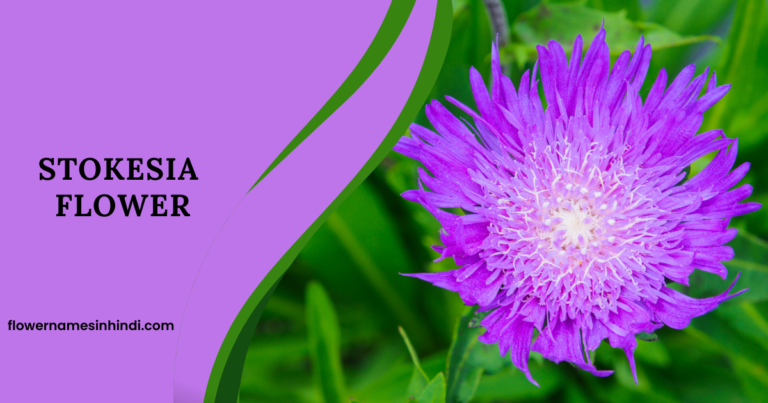
Stokesia is a monotypic genus of flowering plants in the daisy family, Asteraceae, containing the single species Stokesia laevis. Its common names include Stokes’ aster and Stokesia.
It produces lovely blue-purple blooms all summer, attracting butterflies and a variety of other pollinators to the garden area. This plant’s distinctive petal structure distinguishes it from others that bloom. This plant adds a touch of calmness and elegance to gardens with its large, daisy-like flowers that often bloom from midsummer to early fall.
Stokesia is named after Dr. Jonathan Stokes, an 18th-century English physician and botanist who contributed to early plant medicine. So, the flower is both beautiful and a nod to botanical history!
| Feature | Detail |
| Botanical name | Stokesia laevis |
| No. of species | 1 primary species (Stokesia laevis) |
| Symbol | Dignity, calmness, and tranquility |
| Blooming time | Summer to early fall |
| Origin/ Native to | Southeastern United States |
Scarlet Sage
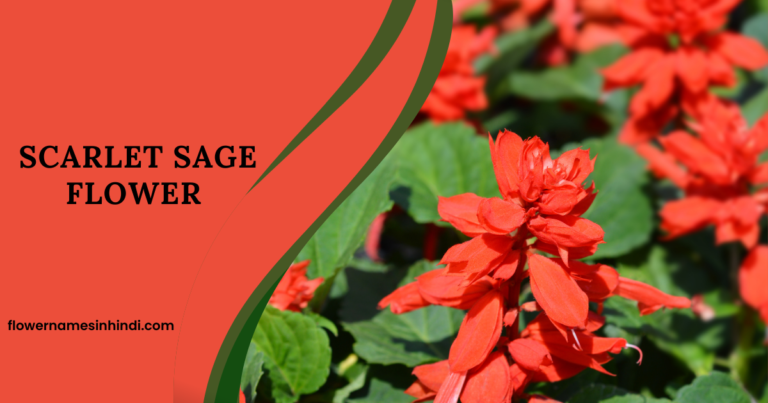
Scarlet sage, or red sage, is a sensitive herbaceous perennial plant that grows up to 2,000 to 3,000 meters (6,600 to 9,800 feet). Smaller varieties are often used as bedding plants in retail malls and public parks across the world.
It grows best in full sun and well-drained soil, making it an excellent choice for gardeners of all skill levels. Its long flowering season, which lasts from late spring to autumn, keeps gardens colourful for months. Scarlet Sage stands out for its vibrant colours and robust character, making it a popular addition to many gardens.
| Feature | Detail |
| Botanical name | Salvia splendens |
| No. of species | Unknown |
| Symbol | Passion, vitality, and wisdom |
| Blooming time | Late spring to fall |
| Origin/ Native to | Brazil |
Conclusion of the Flowers That Start With S
A garden is a living masterpiece, with a beautiful combination of colour and scent, and no plant can capture its whole elegance. Flowers beginning with M and S are particularly appealing among these natural wonders, each with its distinct fascination.
Happy gardening!

